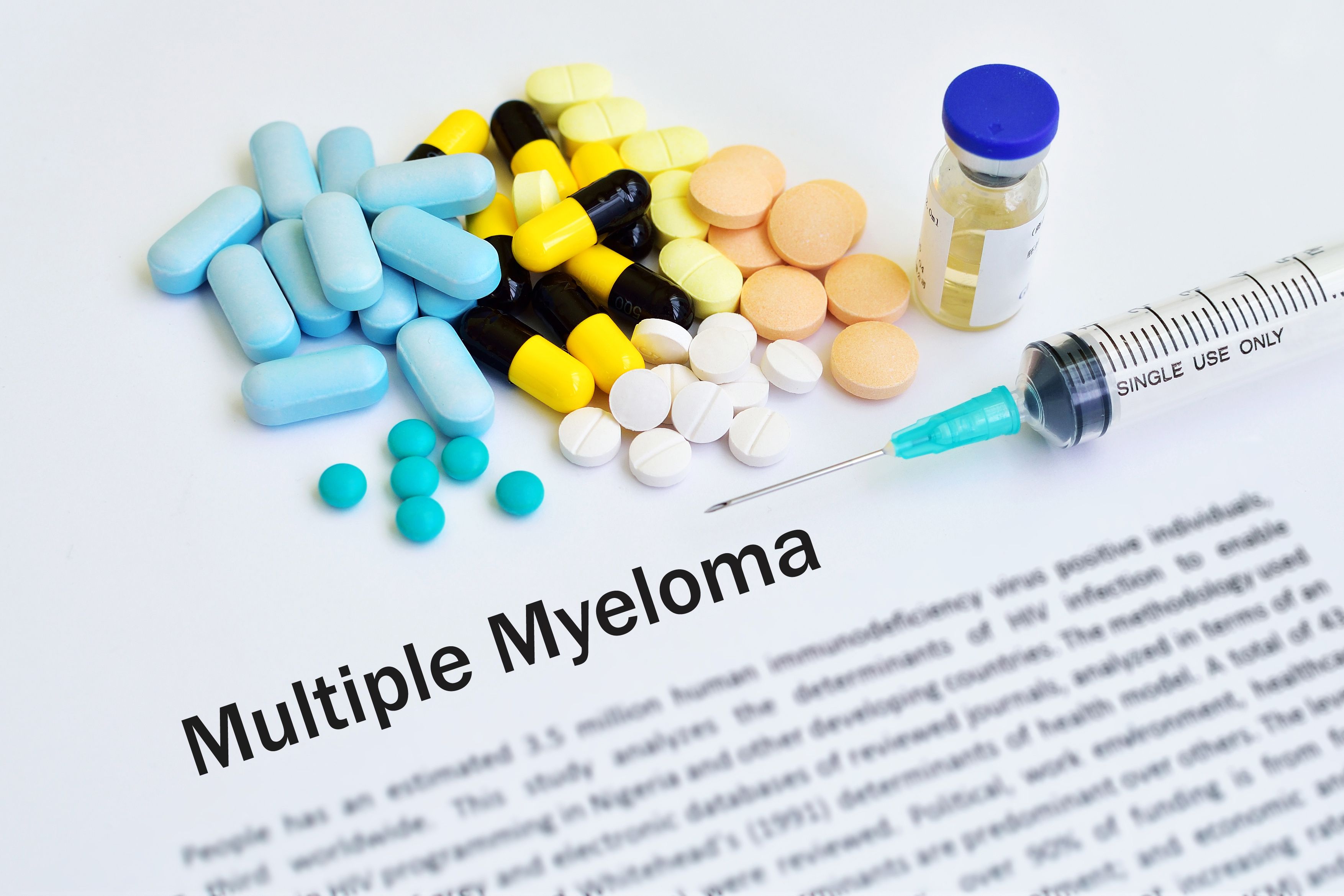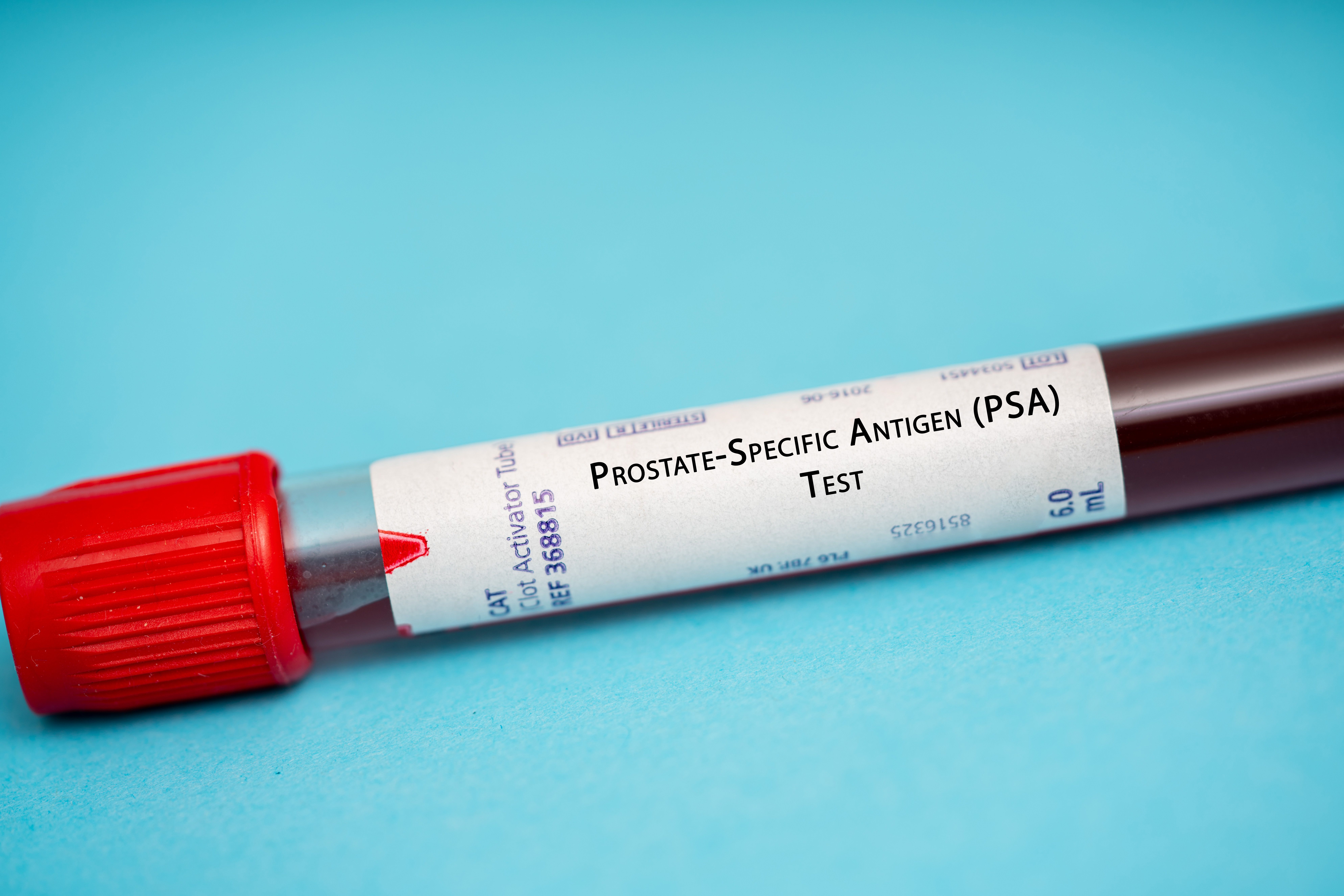Article
Venclexta-Triplet Combo Appears Safe And Shows Deep Responses in Type of Relapsed/Refractory Multiple Myeloma
Author(s):
Two different doses of Venclexta combined with Darzalex and the steroid dexamethasone elicited effective responses appeared safe in patients with t(11;14) relapsed/refractory multiple myeloma.
The use of Venclexta (venetoclax) at either 400 milligrams (mg) or 800 mg in combination with Darzalex (daratumumab) and the steroid dexamethasone was associated with durable treatment responses and appeared safe in patients with t(11;14) relapsed/refractory multiple myeloma, according to data from a preliminary analysis of a phase 1/2 study.
“(Venetoclax), (Darzalex) and dexamethasone, as we previously published, continues to demonstrate safety consistent with a known safety profile with no treatment-emergent deaths,” lead study author Dr. Jonathan L. Kaufman, medical director and section chief of Winship Cancer Institute Ambulatory Infusion Centers in Atlanta, said during a presentation of the data during the 2021 ASH Annual Meeting.
“(Venclexta), (Darzalex) and dexamethasone leads to deep responses, including a greater number of patients achieving (very good partial responses) and (minimal residual disease) negativity … and to date, the preliminary efficacy continues to be consistent.”
The data that were presented at during the medical conference were from part three of the phase 1/2 study. Prior results from the first part of the study demonstrated that treatment with Venclexta, Darzalex and dexamethasone (shortened to VenDd) was associated with a tolerable safety profile and overall response rate (proportion of patients whose disease has a partial or complete response to therapy) of 95.8% in patients with t(11;14) relapsed/refractory multiple myeloma.
Moreover, the second part of the study showed that Venclexta combined with Velcade (bortezomib; shortened to V) and dexamethasone induced a similar safety profile and conferred an overall response rate of 91.7% in patients with relapsed/refractory multiple myeloma, regardless of t(11;14) status.
Here, Kaufman and colleagues wanted to analyze the safety and efficacy of Venclexta at two different doses — 400 mg and 800 mg — plus Darzalex and dexamethasone. The third part of the study, which is what Kaufman presented on, also included a group of patients who received Darzalex, Venclexta and dexamethasone (shortened to DVd) to act as a control to help the researchers properly interpret safety and efficacy.
Patients enrolled to the study were randomized to receive either the 400-mg dose regimen (15 patients), 800-mg dose regimen (7 patients) or the DVd treatment regimen (19 patients).
“The initial studies had more patients at the 800 milligram (dose), and we wanted to learn more about the 400 milligram dose in this study, hence the (randomization) numbers,” Kaufman said.
Evaluating the safety and efficacy of VenDd at the 400 mg and 800 mg dosing levels was the main goal of the study.
Enrolled patients had to be aged 18 years or older, have t(11;14) disease, be non-refractory to proteasome inhibitors, non-refractory to anti-CD38 antibodies, and received at least one prior line of therapy including an immunomodulatory drug.
Moreover, enrolled patients had to have standard adequate hematologic, kidney and liver function.
There have been no treatment-emergent deaths in this portion of the study, and as of the presentation of the data, 14 of the 15 patients in the 400-mg dose regimen and all patients in the 800-mg dose regimen remain on study drug. Seven patients in the DVd group have discontinued treatment, six of which were because of disease progression.
Toxicities were similar between the three treatment groups, according to Kaufman. All patients in the DVd group experienced a treatment-emergent side effect of any severity compared with 87% in the 400-mg dose group and 86% in the 800-mg dose group. Some of the most common side effects that occurred in 20% or more of patients included, but were not limited to, insomnia, fatigue and diarrhea.
Similar differences were also observed regarding infections between the three groups. Serious or severe infections occurred more often in the 400-mg dose (13%) and 800-mg dose (14%) group than in the DVd (6%) group.
As far as efficacy, the overall response rates in the 400- and 800-mg Venclexta groups, as Kaufman expressed, were “very high.” Patients in the 400-mg dose group achieved an overall response rate of 87% compared with 86% in the 800-mg dose group and 63% in the DVd group. Of note, 72% of the responses in the 800-mg dose group were considered very good partial responses.
“We are currently in development of a randomized phase 3 study to confirm these preliminary results,” Kaufman concluded.
A version of this article was originally published on OncLive as, “Venetoclax-Based Triplet Continues to Confer Tolerable Safety, Deep Responses in t(11;14) Relapsed/Refractory Multiple Myeloma.”
For more news on cancer updates, research and education, don’t forget to subscribe to CURE®’s newsletters here.





